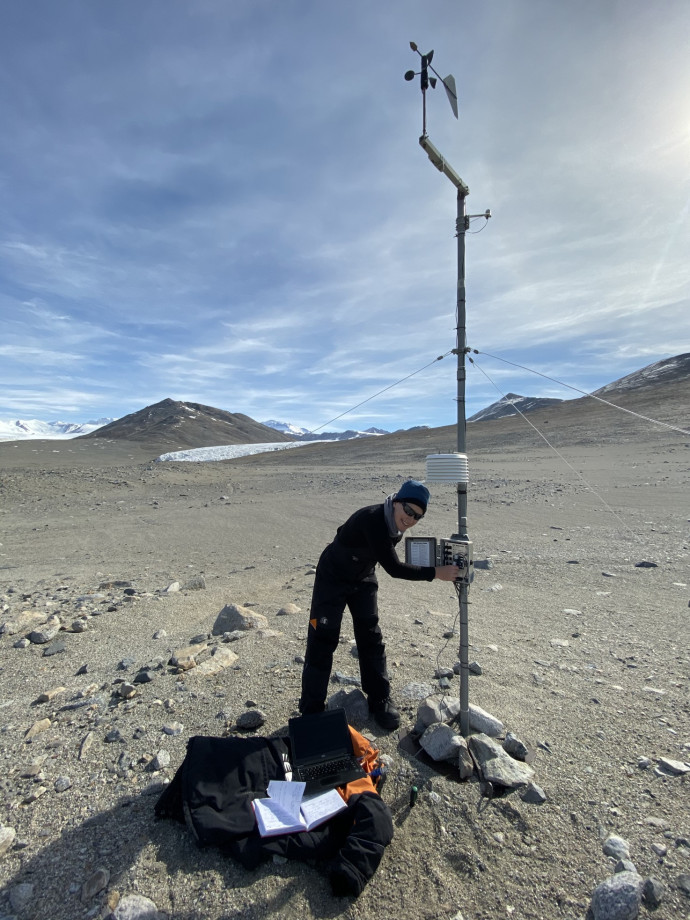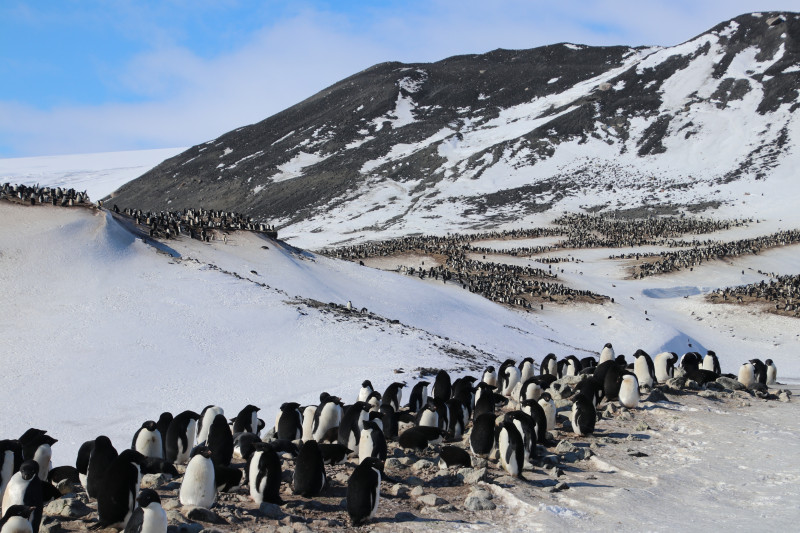Using penguin poo to measure contaminants in Antarctica

Dr Tanya O'Neill, University of Waikato, will study penguin mounds as natural archives of contamination in remote Antarctic environments
Antarctica remains the most pristine landscape on Earth with the lowest levels of environmental pollutants sourced from human activity. Increasingly, however, contaminants such as microplastics, DDT, and heavy metals are being found in Antarctic ecosystems. Because there are few possible sources of contamination within Antarctica, they must have been transported over long distances from external sources. Recent research suggests that animals may be the most important vector for long-range transport of pollutants to the polar regions, both through their movements and through biomagnification, a process whereby toxins like mercury and lead increase in concentration as they are successively ingested by species higher on the food chain.

Cape Bird. Photo credit: Fiona Shanhun
To test this theory, Dr Tanya O'Neill has been awarded a Marsden Fund Fast-Start grant to investigate the long-term history of transport and accumulation of pollutants in Antarctica through the natural foraging and nesting activities of Adélie penguins. Penguins forage within 100km of their colonies and, in doing so, consolidate both atmospheric and oceanic sources of pollutants. Furthermore, penguin mounds form over generations as penguins build new nests over top of previous ones. An individual nest site can record thousands of years of history. By applying a wide-range of analytical techniques to soil, bone, feather and eggshell fragments, the team will determine the concentration of mercury and lead over time. They will measure various isotopes to assess the rate that poo piles accumulate to make accurate timescale calculations as well as to identify potential sources of the contaminants.
Cape Robert. Photo supplied
This study will be the first to use penguin mounds as natural historical archives to investigate the timescales of contaminant transfer, and will provide unique insight into pollutant cycling in the Antarctic environment.
